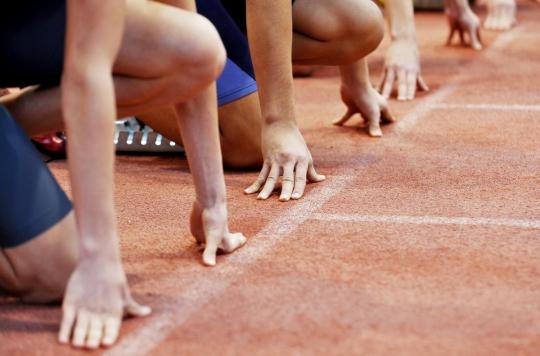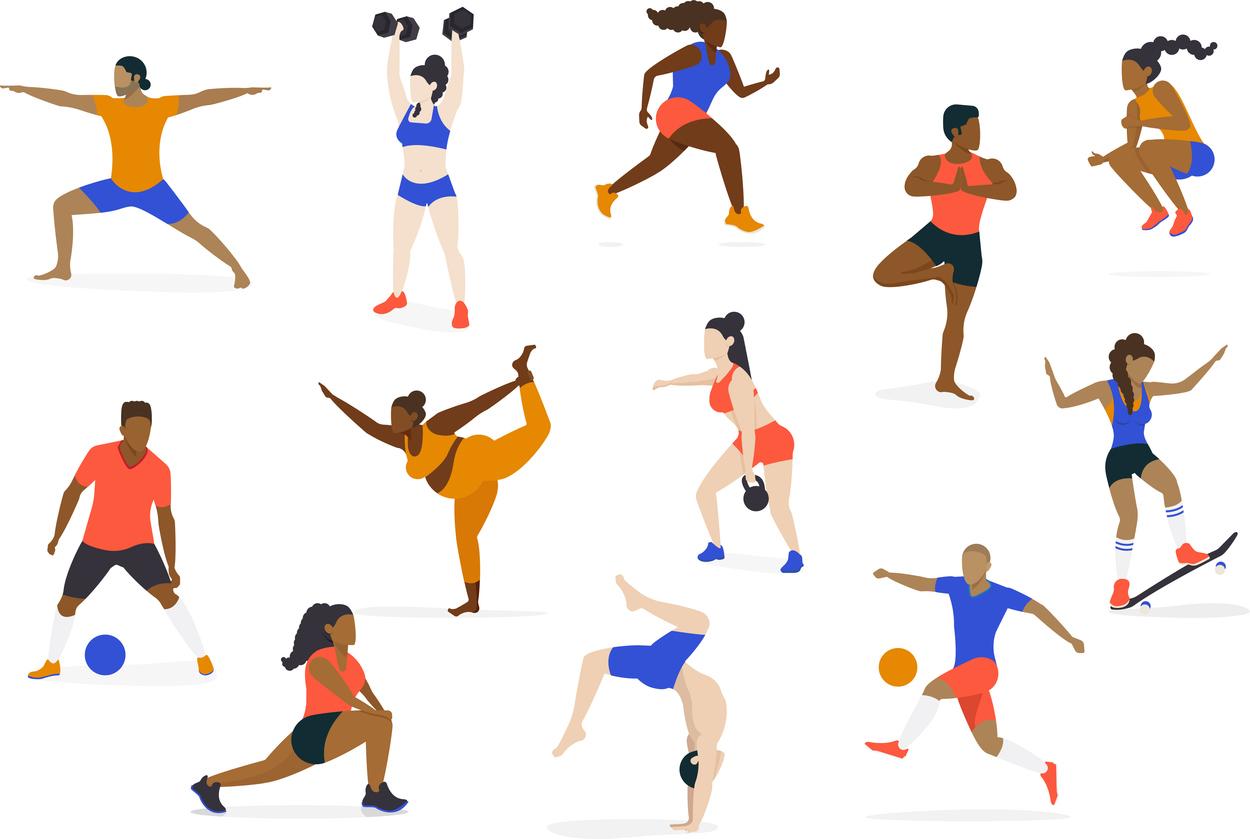The absence of spectators modifies the performance of athletes: it tends to improve those of women and diminish those of men.

- The researchers took advantage of the health situation and the absence of supporters to study the effect this can have on the performance of athletes.
- In biathlon, the absence of an audience had the effect of decreasing the speed of the men but increasing that of the women.
- The presence of spectators would reinforce certain stereotypes, such as the fact that men are considered to be physically stronger.
The Tokyo Olympic Games, which begin on July 23, will take place in front of a reduced number of spectators. The organizers authorized on Monday that the sites of the various competitions can accommodate 50% of the public within a maximum limit of 10,000 people. For athletes, these decisions have significant implications, especially for men who may tend to underperform. This is the conclusion of research presented on April 3 in the journal Psychology of Sport and Exercise after studying the 2020 biathlon world championships which took place without an audience.
The pandemic provides an opportunity to benchmark performance
Previous research has evaluated the theory of social facilitation, which is the ability of people to perform certain tasks in front of an audience. These have shown that the mere presence of an audience improves the performance of simple tasks, especially those that require endurance. “The studies have been relatively clear so far but the results are more heterogeneous when it comes to more complex coordination tasks”, says Amélie Heinrich, researcher at the Institute of Sports Sciences at Martin Luther Halle-Wittenberg University and lead author of the study.
The researchers took advantage of the health situation and the absence of supporters to study the effect this can have on the performance of athletes. “The pandemic offers a unique opportunity to study the influence of an audience outside of real-world experimental conditions.”, assures Amélie Heinrich. The latter compared the running times and shooting successes of male and female biathletes during the 2018-2019 season with their performances during the 2020 season in the sprint and mass start events.
Without an audience, better stamina in women
The results showed that, without an audience, men go slower and women go faster. “The men’s results were as expected: they went faster with an audience present, but performed less well in shootingreveals the researcher. Interestingly, it was the reverse for women.” The women skied slower in the presence of spectators as they showed 5% higher scoring performances in the sprint without an audience. In addition, they were more efficient in shooting.
This study is, according to its authors, the first to reveal a different effect of the public on the performance of men and women. “Our study raises questions about the generalizability of social facilitation theory and indicates that there may be a previously unknown difference between men and women.”, concludes Amélie Heinrich. This adds that other studies in other sports must be carried out to refine the results.
No scientific explanation
The researchers do not yet have a scientific explanation for their results. “Gender stereotypes may play a role”, believes Amélie Heinrich. The presence of spectators would reinforce certain stereotypes, such as the fact that men are considered to be physically stronger. Some studies also show that women are more emotionally affected by the presence of spectators.
.
















